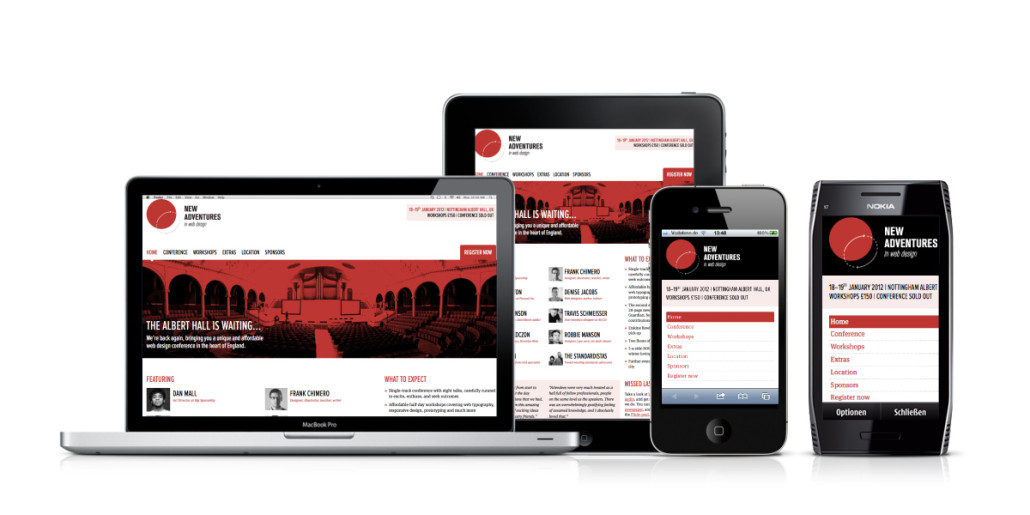Rise by Six: Your Daily Dose of Inspiration
Explore insights and stories that elevate your day.
Responsive Web Design: Is Your Site Ready for a Multi-Device World?
Is your website ready for the multi-device revolution? Discover essential tips for seamless responsive design that boosts engagement!
Top 5 Benefits of Implementing Responsive Web Design
Responsive web design has become essential in today's digital landscape, as it ensures that websites provide an optimal viewing experience across a variety of devices. One of the primary benefits is enhanced user experience; by adapting to different screen sizes, responsive design eliminates the need for users to zoom in or scroll horizontally, improving navigation and accessibility. This can lead to longer visit durations and higher engagement rates, as visitors can easily interact with the content on any device.
Another significant advantage is improved SEO performance. Search engines prefer mobile-friendly websites, and a responsive design helps maintain a single URL for both desktop and mobile versions, simplifying link sharing and boosting search rankings. Furthermore, Google has indicated that responsive design is their recommended approach for mobile optimization, making it crucial for businesses to invest in this technology in order to enhance their visibility in search engine result pages.

How to Test If Your Website is Mobile-Friendly
Testing if your website is mobile-friendly is crucial in today’s digital landscape, where a significant portion of users access the internet via smartphones and tablets. The first step is to utilize Google's Mobile-Friendly Test tool. Simply enter your website URL, and the tool will analyze your site to determine its compatibility with mobile devices. This test evaluates factors such as text size, clickable elements, and viewport settings to ensure a seamless user experience on smaller screens.
Another effective method is to manually check your website by resizing your browser window to mimic various mobile screen sizes. Pay attention to layout adjustments, content readability, and navigation ease. Additionally, consider using browser developer tools, which allow you to emulate different device screens. If your website's design remains intact and user-friendly across various platforms, you can confidently conclude that your site is mobile-friendly.
Common Mistakes to Avoid in Responsive Web Design
Responsive web design is essential for ensuring a seamless user experience across various devices, but many designers make common mistakes that can hinder their efforts. One significant mistake is failing to test the website on multiple devices and browsers. It's crucial to see how your site appears on different screens, as layouts can drastically change from desktop to mobile. Additionally, overlooking the use of flexible grids and layouts can lead to issues where content is not displayed correctly on different screen sizes. This can result in users having to zoom in or scroll horizontally, which negatively impacts their experience.
Another common mistake is neglecting the importance of loading speed in a responsive web design. Heavy images and excessive scripts can slow down a site, particularly on mobile devices with limited bandwidth. A slow-loading site can increase bounce rates as users may abandon the page if it takes too long to load. To avoid this, it's essential to optimize images using formats like WebP and to use media queries effectively to load only the necessary assets for different devices. By addressing these pitfalls, designers can enhance usability and improve user retention on their websites.